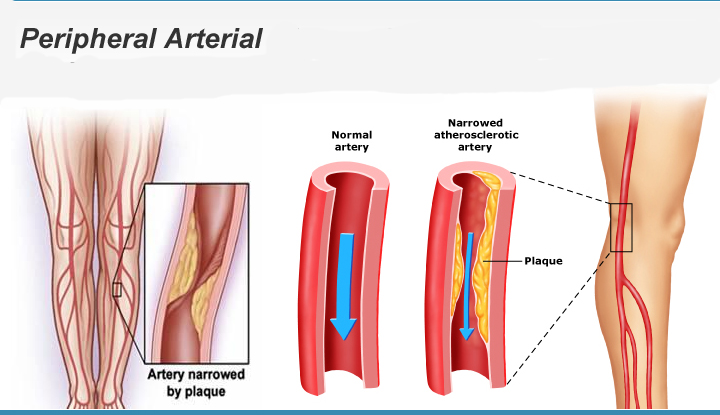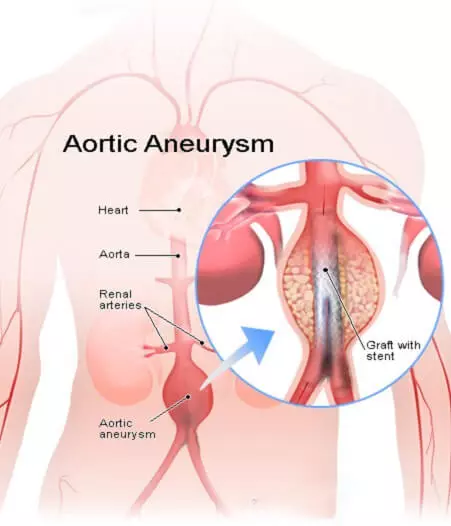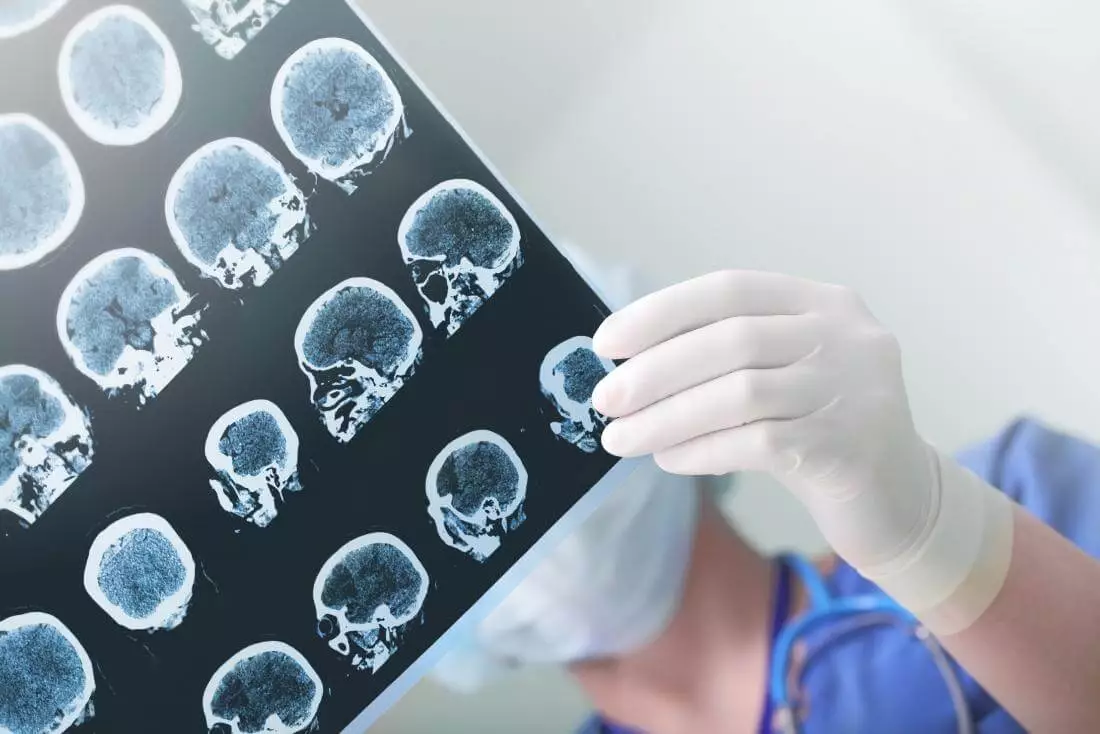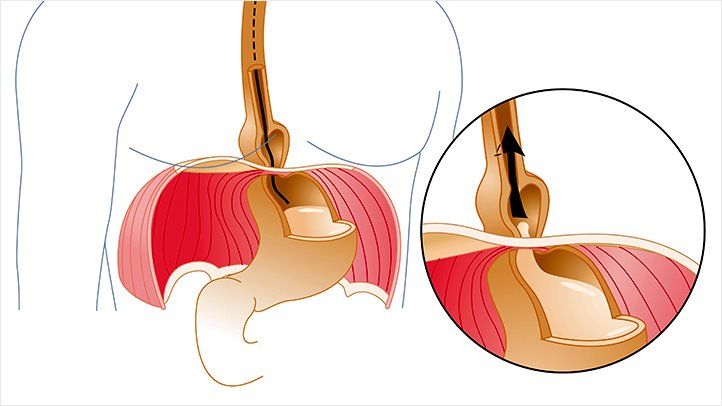Peripheral arterial disease or PAD is a common circulatory condition in which there is a narrowing of the peripheral arteries to the stomach, legs, arms, and head. This means that these affected areas don’t receive the right amount of blood flow to keep up with demand. PAD is also a typical sign of a widespread accumulation of fatty deposits in your arteries (atherosclerosis). This condition may be reducing blood flow to your heart and brain, as well as your legs. In addition, peripheral arterial disease is similar to coronary artery disease or CAD, and is usually seen on peripheral arteries of the legs.

What are the symptoms of Peripheral Arterial Disease or PAD?
- Change in color of the legs
- Coldness in the lower foot or lower leg, especially when compared with the other side
- Erectile dysfunction
- Hair loss
- Leg numbness or weakness
- No pulse or weak pulse in the legs or feet
- Painful cramps in the hip, thigh or calf muscles after strenuous activities which include walking or climbing stairs
- Shiny skin on the legs
- Slower growth of the toenails
- Slower hair growth on the feet and legs
In case PAD or peripheral arterial disease progresses, you may also feel pain when you are resting or even when you are lying down. This is also called ischemic rest pain. It may be painful enough to give you discomfort during sleep. To temporarily relieve the pain, you can try hanging your legs over the edge of the bed or by walking around the room. If the pain is no longer bearable, don’t just ignore it and seek a professional’s help.

However, there are instances when peripheral arterial disease may occur even without the symptoms mentioned above. Some people may have greater chances to acquire PAD, especially if you are over 70 years old. Other risk factors are as follows:
- If you have diabetes
- Family history of peripheral artery disease, stroke, or heart disease
- High blood pressure (140/90 or higher)
- High cholesterol
- High levels of homocysteine – this is a protein component that helps in building and maintaining tissue
- Ageing, especially after reaching 50 years old
- Obesity (having a body mass index or BMI of over 30)
- Smoking
What are the possible complications of peripheral artery disease or PAD?
In instances when the peripheral artery disease is due to by a buildup of plaques in the blood vessels or atherosclerosis, then you are also at risk of developing the following:
Critical limb ischemia – this condition begins manifesting as open sores that would not heal, an injury, or an infection on the legs or feet. These conditions turn to critical limb ischemia, especially when the injuries or infections progress. It will then cause the tissue death or gangrene. This may lead to amputation of the affected limb.
Heart attack or stroke – the atherosclerosis that causes the symptoms and signs of having peripheral artery disease will not only affect your limbs or legs. Fat deposits may also build up in arteries that are supplying your heart and brain. This may lead to a heart attack or stroke.
What you can do to avoid worsening the situation?
For patients who smoke, one good way not to worsen your condition is by not smoking. This is because smoking can increase the risk of peripheral artery disease. It can also make your existing PAD worse. Instead of smoking, you can start healthy lifestyle habits such as eating less saturated fat or adding more fruits and vegetables to your diet.
For any questions or further details about peripheral artery disease, be sure to visit the website of Vascular and Interventional Centre.

Karen is a health blog author who has been writing about healthy living since 2013. She started her journey by adopting a vegan diet and eating only organic foods, but the more she learned, the more she realized that we should all be eating plant-based diets exclusively. As an expert in nutrition and wellness, Karen blogs to educate readers on how they can live happier and healthier lives through food choices!













